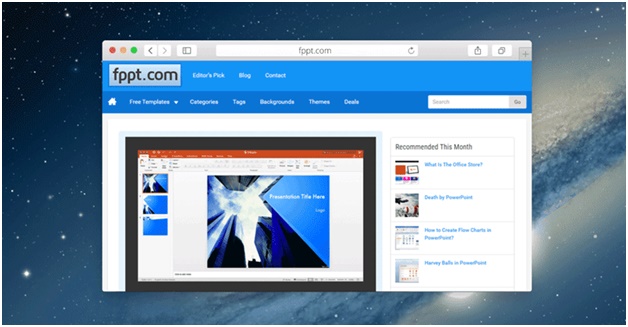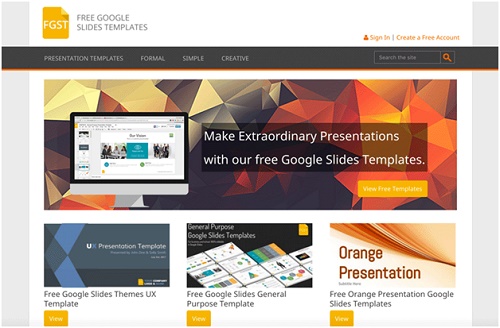Designing a website from scratch is no mean feat. Even with the assistance of a master coder or some ingenious software, you still need to have an idea of what you are doing and how to present your information. As well as making your pages look interesting and eye-catching from a human point of view, with all the competition for search engine rankings, you’ll need to make it important to the robot crawlers, too.
With so much to think about, it is little wonder so many companies splash out substantial amounts of money to get professionals to take care of business for them. However, for many start-ups and SME businesses, spending this much on a simple website is out of the question. If you plan to design and build your own website for your company, here are some useful tips to help.
• Build it around your logo
A logo is something worth spending a bit of money on. Logo equals branding, so have a polished logo ready and build the branding of the website around this. Feature the logo in the top left corner of every website page, and link it back to your homepage for ease of navigation.
• Plan out your navigation
Depending on what you want your website to achieve, you may want to use a navigation bar along the top of the page, as well as drop-down menus or a sidebar navigation set-up. You can always use a combination of both, but make sure it’s not getting too confusing. Not every page needs to be on the menu, just the core ones, as others can be linked from other pages. You’ll need to make sure any subpages also allow easy navigation back to home.
• Make it easy to read
Paragraphs should be kept short – 5 or 6 lines at most. Images are good, but too many can detract from the main message. Keeping things mainly on a neutral palette will make it easy for your user to read the content and will project a professional, modern image. Use splashes of colour for important headings and links to draw the eye to your calls to action or critical content.
• Consider all browsers and devices
In our modern age people access the web via a variety of means. You’ll need to make sure your pages can be accessed by all the popular browsers as well as any mobile or tablet devices.
• Understand about ‘the fold’
Web designers often talk about the ‘above the fold’ positioning on pages. This simply refers to the information that is seen when the user lands on that page, without their having to scroll down at all. Some websites are all above the fold, because they have been designed to require no scrolling, but if you are having scrolling pages, make sure the important information is all contained above the fold.
• Test it thoroughly
Simple analytics, user testing and A or B testing can help make decisions on your behalf. Experiment with different layouts, structures and colours to get the best experience for your future users.











